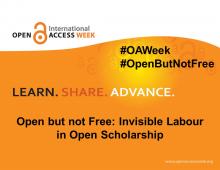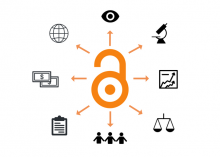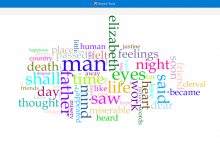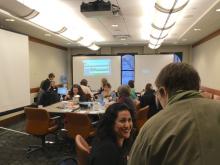@Us Critical Digital Humanities Discussion Series
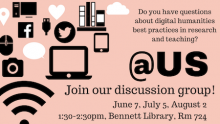
As a part of our support for researchers’ digital humanities projects, the DHIL regularly offers tool- and skill-based workshops, like qualitative analysis with NVivo or spatial data visualization with Story Maps. In an effort to include more “yack” along with the “hack” – for more critical discussion to complement our digital humanities workshops – we wanted to offer a space for our community to focus on some of the cultural and political questions that have arisen as humanities departments have embraced the digital.

